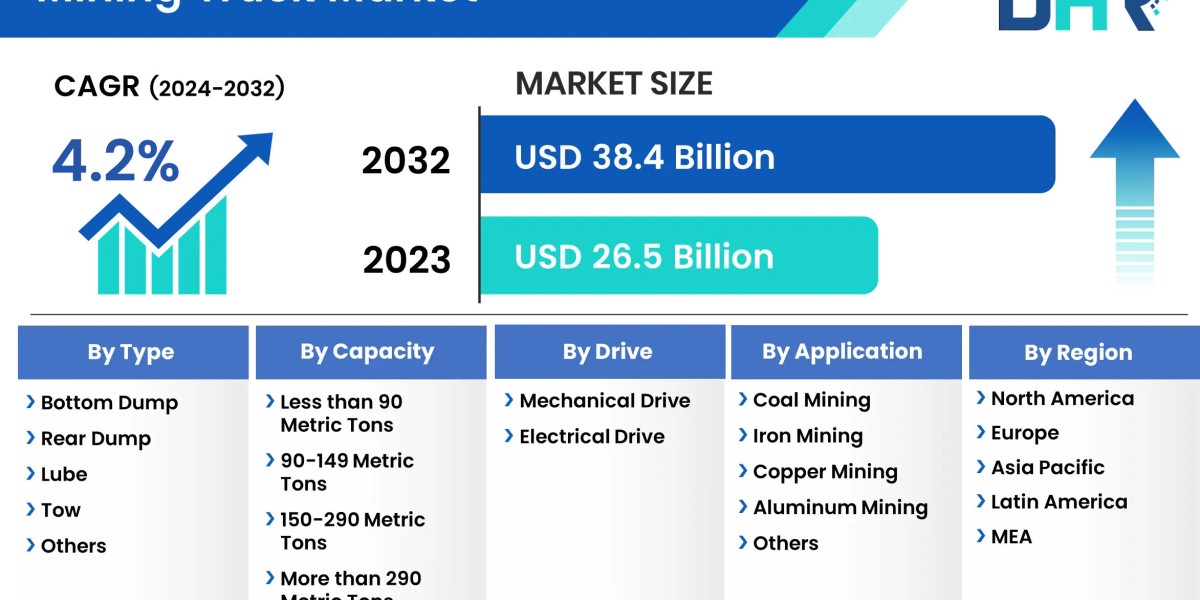In the ever-evolving landscape of digital marketing, Search Engine Optimization (SEO) stands as a pivotal force that can make or break the online visibility of a business. While content and backlinks often steal the spotlight, the foundation of a robust SEO strategy lies in Technical SEO. This often-overlooked aspect involves optimizing the technical elements of a website to enhance its search engine performance. In this comprehensive guide, we delve deep into the intricacies of Technical SEO, exploring its significance, key components, and best practices.
Understanding Technical SEO:
Technical SEO refers to the optimization of a website's infrastructure, ensuring that search engines can efficiently crawl, index, and rank its content. It focuses on the backend aspects, enhancing the website's technical foundation to improve its overall search engine visibility.
Key Components of Technical SEO:
Website Speed and Performance:
- Page speed is a critical factor in SEO. A slow-loading website can lead to a higher bounce rate and negatively impact rankings.
- Techniques like browser caching, image optimization, and minimizing server response time contribute to improved website speed.
Mobile Optimization:
- With the increasing use of mobile devices, Google prioritizes mobile-friendly websites in its rankings.
- Responsive design and mobile optimization practices ensure a seamless user experience across various devices.
Crawlability and Indexability:
- Search engines deploy web crawlers to navigate and index websites. Ensuring proper crawlability involves creating an XML sitemap, fixing broken links, and using a robots.txt file to guide crawlers.
- Indexability focuses on making sure that search engines can understand and index the website's content efficiently.
Site Architecture and URL Structure:
- A well-organized site structure enhances user experience and helps search engines comprehend the hierarchy of information.
- Creating a logical URL structure, using breadcrumbs, and optimizing internal linking contribute to a well-structured website.
Canonicalization:
- Canonical tags help prevent duplicate content issues by specifying the preferred version of a URL. This is crucial to avoid diluting the SEO value of a page.
Schema Markup:
- Schema markup provides additional context to search engines, helping them understand the content on a page. This can lead to rich snippets in search results, improving click-through rates.
SSL and HTTPS:
- Security is a ranking factor, and Google prefers secure websites. Implementing SSL certificates and using HTTPS not only boosts SEO but also enhances user trust.
Structured Data:
- Providing search engines with structured data through schema markup enables them to display more informative results, increasing the chances of attracting clicks.
Page Redirects and Error Handling:
- Proper handling of 301 redirects for page migrations and addressing 404 errors ensures a seamless user experience and prevents negative impacts on SEO.
Website Accessibility:
- Accessibility is not only crucial for user experience but also influences SEO. Ensuring that all users, including those with disabilities, can navigate and understand your website is essential.
Best Practices for Technical SEO:
Regular Site Audits:
- Conducting periodic site audits helps identify and address technical issues promptly. Tools like Google Search Console and third-party SEO audit tools can assist in this process.
Optimize Images and Multimedia:
- Compressing images, using appropriate file formats, and providing alt text contribute to faster page loading times and better accessibility.
Monitor Site Health:
- Regularly check for crawl errors, broken links, and other technical issues. Addressing these promptly prevents negative impacts on SEO.
Stay Informed About Algorithm Updates:
- Search engines frequently update their algorithms. Staying informed about these changes helps adjust your technical SEO strategies accordingly.
User Experience (UX) Optimization:
- Prioritize a positive user experience by focusing on factors such as mobile responsiveness, intuitive navigation, and fast-loading pages.
Utilize CDN (Content Delivery Network):
- A CDN helps distribute website content across multiple servers, reducing latency and improving page load times for users around the world.
Optimize for Core Web Vitals:
- Core Web Vitals, including metrics like Largest Contentful Paint (LCP) and Cumulative Layout Shift (CLS), are now crucial ranking factors. Addressing these metrics contributes to a better user experience.
Minimize JavaScript and CSS:
- Streamlining JavaScript and CSS files reduces the amount of code that needs to be loaded, enhancing page speed.
Implement Hreflang Tags for Internationalization:
- For multilingual or international websites, hreflang tags help search engines understand the intended language and region of each page.
Prioritize Mobile-First Indexing:
- With Google's mobile-first indexing, prioritize the mobile version of your site for crawling and indexing to ensure optimal search engine performance.
Conclusion:
In the vast realm of SEO, Technical SEO emerges as the silent hero, laying the groundwork for a website's success in the digital landscape. By optimizing the technical elements discussed above, businesses can ensure that their online presence is not only visible but also user-friendly and trustworthy. As search engines continue to refine their algorithms, staying abreast of Technical SEO best practices is indispensable for any digital marketer or website owner aiming to thrive in the competitive online arena. Visit official website lonestardigitaldrive.com








